Fire safety in New Zealand’s built environment: Will it take a tragedy like Grenfell before we implement change?
Fire safety in New Zealand’s built environment is under increasing scrutiny as poor compliance, short-term cost-cutting measures and a lack of accountability put the lives of our communities at risk. In our construction ecosystem, fire safety is often treated as an afterthought rather than the fundamental priority it should be.
While New Zealand’s Building Code and regulations set clear standards for fire safety, ensuring that buildings are designed and constructed to protect lives and property, real-world implementation often falls short, resulting in buildings that do not meet even the most basic fire safety standards — creating vulnerabilities in both new and existing buildings.
High-profile fires like Loafers Lodge have exposed critical weaknesses in building design, passive fire protection, and emergency planning. They tragically illustrate how non-compliance increases the risk of catastrophic fires that endanger lives and property, and they serve as a stark reminder of what happens when fire safety is treated as an afterthought.
Grenfell’s web of blame: If accountability is weak, regulations become meaningless
The recently published Grenfell Tower Fire Phase 2 Inquiry Report exposes a deeply entangled web of blame, revealing that multiple parties — contractors, manufacturers, regulators, and government bodies — played a critical role in the catastrophic failures that resulted in the deaths of 72 people.
Grenfell tragically illustrates, when fire safety failures occur, it is rarely the fault of one person — it is a system-wide issue. A developer’s cost-cutting decision, a designer’s oversight, a builder’s mistake, an inspector’s rushed approval, and a regulator’s weak enforcement all contribute to unsafe buildings.
Regretfully, the inquiry also revealed a culture of buck-passing, denial, and systemic neglect, which ultimately undermined fire safety at every level. From developers to regulators, from materials manufacturers to fire safety inspectors, each link in the chain pointed fingers elsewhere.
And this is where we get stuck.
When no single entity takes full responsibility, dangerous practices continue unchecked. This only highlights a global issue: When accountability is diluted, safety is compromised.
New Zealand’s passive fire industry: Systemic issues with legal and moral consequences
Passive fire safety should never be treated as a box-ticking exercise — a checklist of unrelated rules. Rather we need to understand it as an interaction of regulations, industry practices, financial pressures, and human behaviours. When one part of the system fails — whether it’s weak oversight, unqualified installations, or a lack of industry education — the entire system becomes unstable.
The passive fire protection failures we see onsite everyday — such as improper fire-stopping installations, the use of non-compliant, untested materials or poor workmanship — are not just random oversights; they are symptoms of a system that incentivises shortcuts over safety.
And while New Zealand has not yet seen a disaster of Grenfell’s scale, we have all the ingredients for our own:
- The leaky buildings crisis, where the use of inappropriate materials, poor construction and weak oversight led to billions in damage. The refusal to accept responsibility delayed regulatory changes, leaving thousands of buildings structurally compromised and threatening the safety of occupants until this day.
- Ongoing passive fire safety issues, with buildings found to have poorly installed and inadequate passive fire protection which is not being maintained properly. The use of untested “fire-rated” materials is accompanied by the lack of education and training in the sector.
- A culture of blame-shifting, where developers, contractors, and councils point fingers when things go wrong, fostering a lack of industry-wide accountability.
This failure to acknowledge responsibility has already led to years of inaction on fire safety improvements.
Despite ongoing efforts to improve fire safety standards, e.g. in the form of codes of practices, challenges remain in the everyday application, which reflects clearly on enforcement, education, and industry culture. But what does it say about us, if the risk of fines, lawsuits, and liability claims is what motivates us to keep people safe.
We need to go back to first principles and comprehend how fire safety measures exist not just to satisfy regulations but to protect lives, prevent tragedies, and ensure the well-being of entire communities.
As professionals in the built environment, we must embrace a culture of accountability, where fire safety is treated as a fundamental duty rather than a regulatory burden. The question should not be, "Will I get in trouble for this?" but rather, "Would I feel comfortable having my family live/work in or use this building?"
Legally, compliance with fire safety standards is non-negotiable but acting only out of fear of punishment fosters a culture of minimum compliance, where corners are cut as long as they go unnoticed. Something we see everyday.
To fix the crisis, we must address fire safety as a system-wide issue, recognising how different factors — regulations, industry culture, financial incentives, and education gaps — interact to either support or undermine fire safety.
For true accountability, we as industry professionals must be invested in the freedom to apply critical thinking, question flawed regulations, and prioritise real-world safety over mere compliance. Regulation should guide decision-making, not replace it. It is a moral responsibility shared by everyone in the system — developers, designers, builders, certifiers regulators and educators.
A truly responsible industry acts out of integrity, not obligation.
Conclusion: Fire safety as a collective responsibility
Fire does not discriminate — it does not care if a failure was intentional or accidental. The only way to create a safer built environment in New Zealand is for everyone in the system to recognise their role and take responsibility.
Real fire safety reform will only happen when all stakeholders — developers, manufacturers, inspectors, and government bodies — recognise their role in ensuring that buildings are truly safe, not just legally compliant. In that, we have a shared moral responsibility.
This is what we will explore further in our next article.







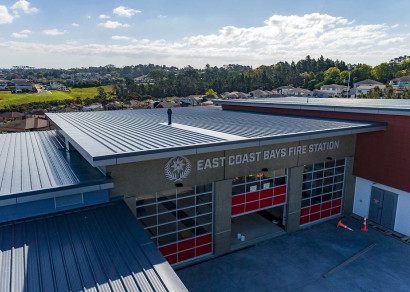


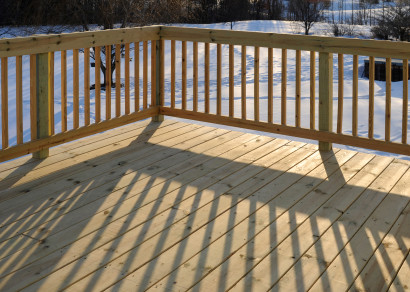
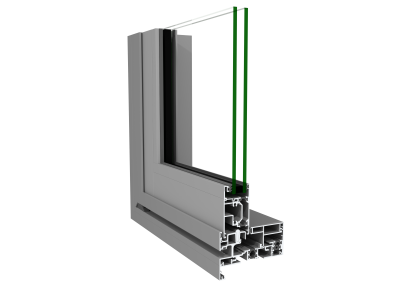


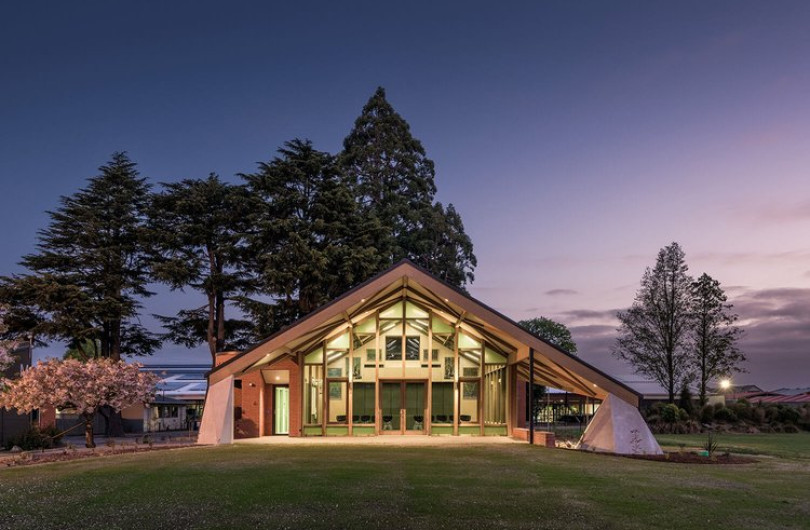

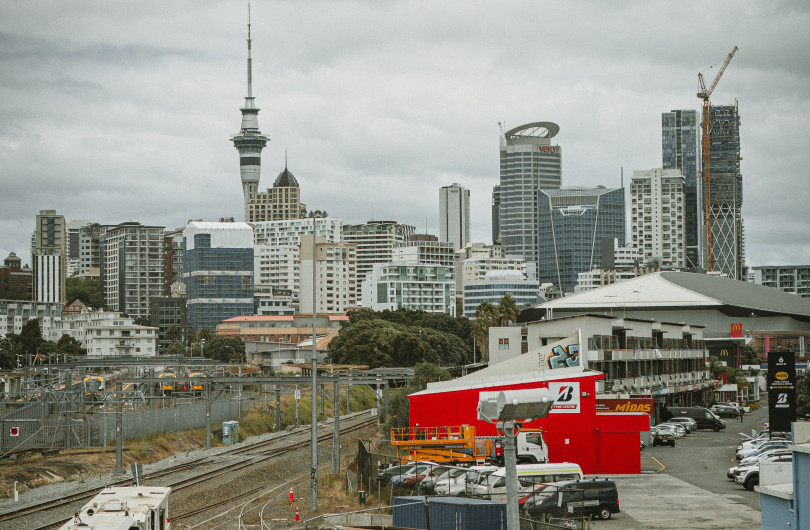

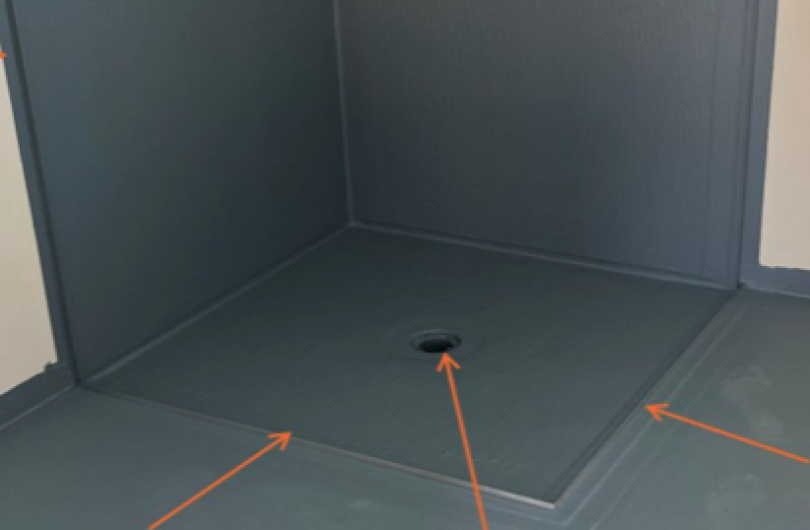





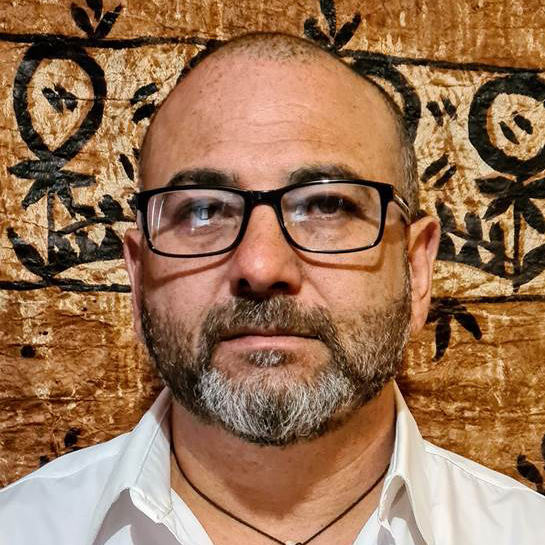
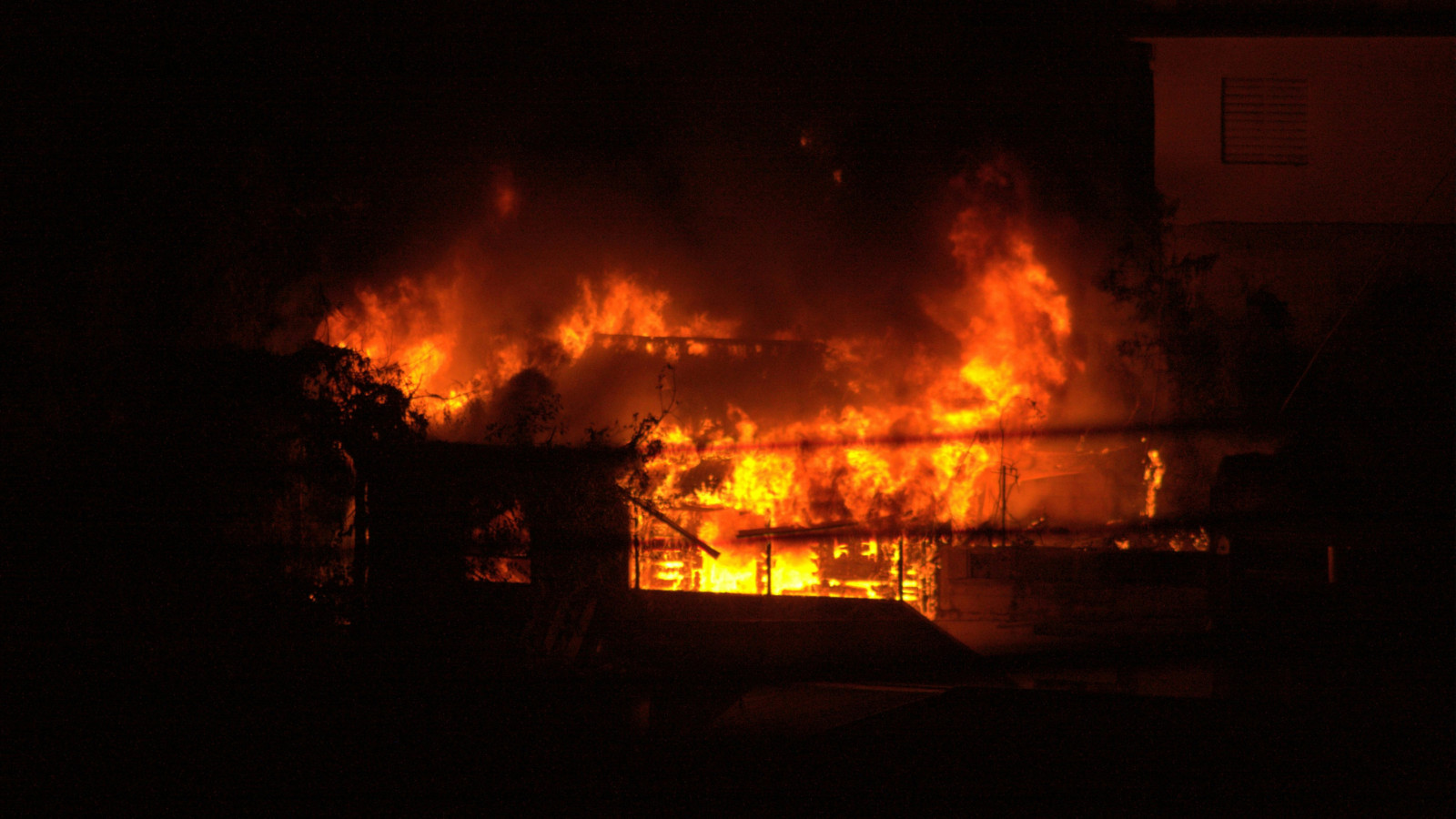



 Most Popular
Most Popular Popular Products
Popular Products



